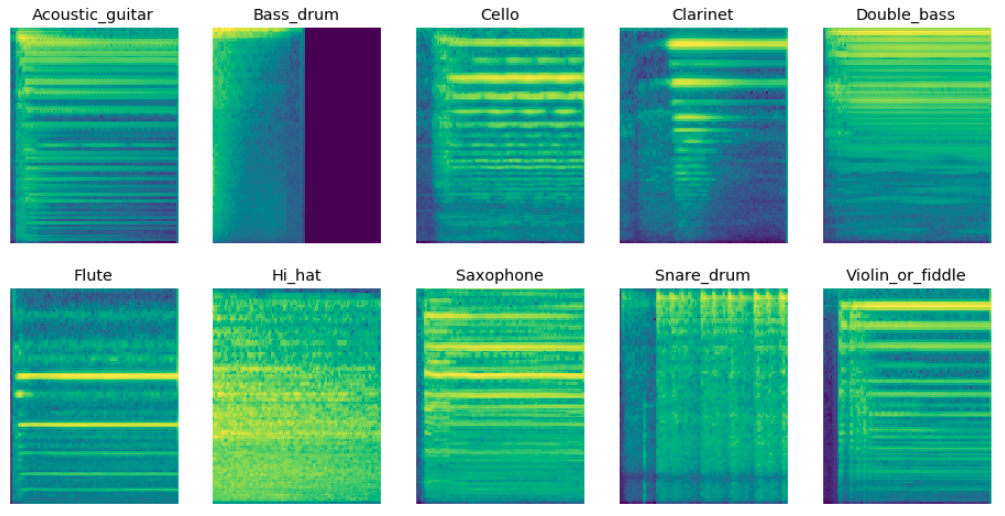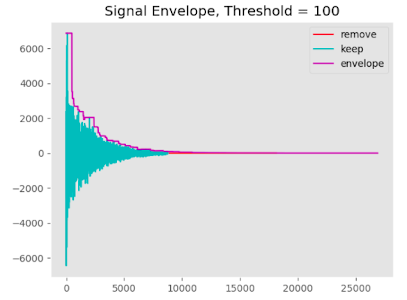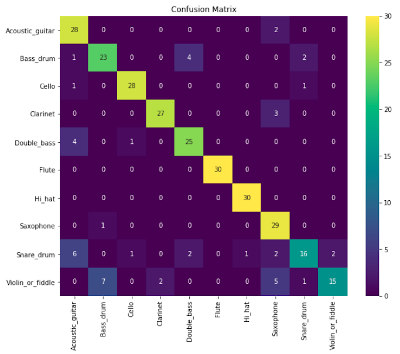Pipeline for prototyping audio classification algorithms with TF 2.3
- YouTube
- Environment
- Jupyter Notebooks
- Audio Preprocessing
- Training
- Plot History
- Confusion Matrix
- Receiver Operating Characteristic
- Kapre
This series has been re-worked. There are new videos to support this repository. It is recommended to follow the new series.
https://www.youtube.com/playlist?list=PLhA3b2k8R3t0SYW_MhWkWS5fWg-BlYqWn
If you want to follow the old videos, restore to a previous commit.
git checkout 404f2a6f989cec3421e8217d71ef070f3593a84d
conda create -n audio python=3.7
activate audio
pip install -r requirements.txt
Assuming you have ipykernel installed from your conda environment
ipython kernel install --user --name=audio
conda activate audio
jupyter-notebook
clean.py can be used to preview the signal envelope at a threshold to remove low magnitude data
When you uncomment split_wavs, a clean directory will be created with downsampled mono audio split by delta time
python clean.py
Change model_type to: conv1d, conv2d, lstm
Sample rate and delta time should be the same from clean.py
python train.py
Assuming you have ran all 3 models and saved the images into logs, check notebooks/Plot History.ipynb
notebooks/Confusion Matrix and ROC.ipynb
For computation of audio transforms from time to frequency domain on the fly
https://github.com/keunwoochoi/kapre
https://arxiv.org/pdf/1706.05781.pdf




